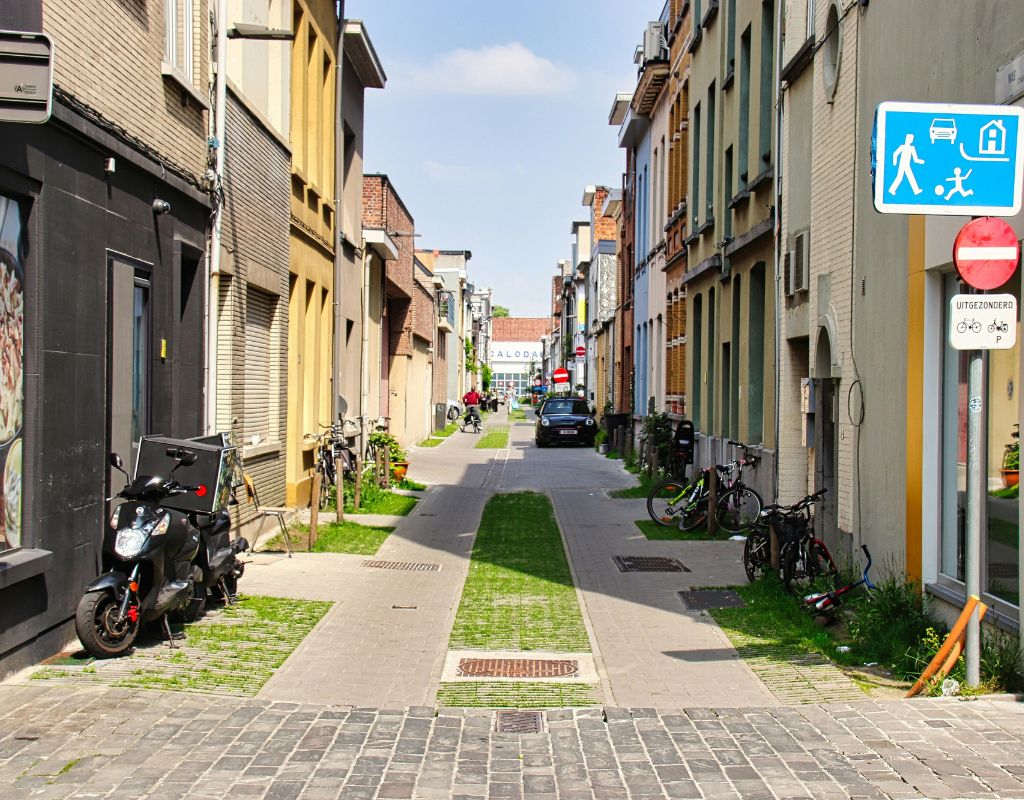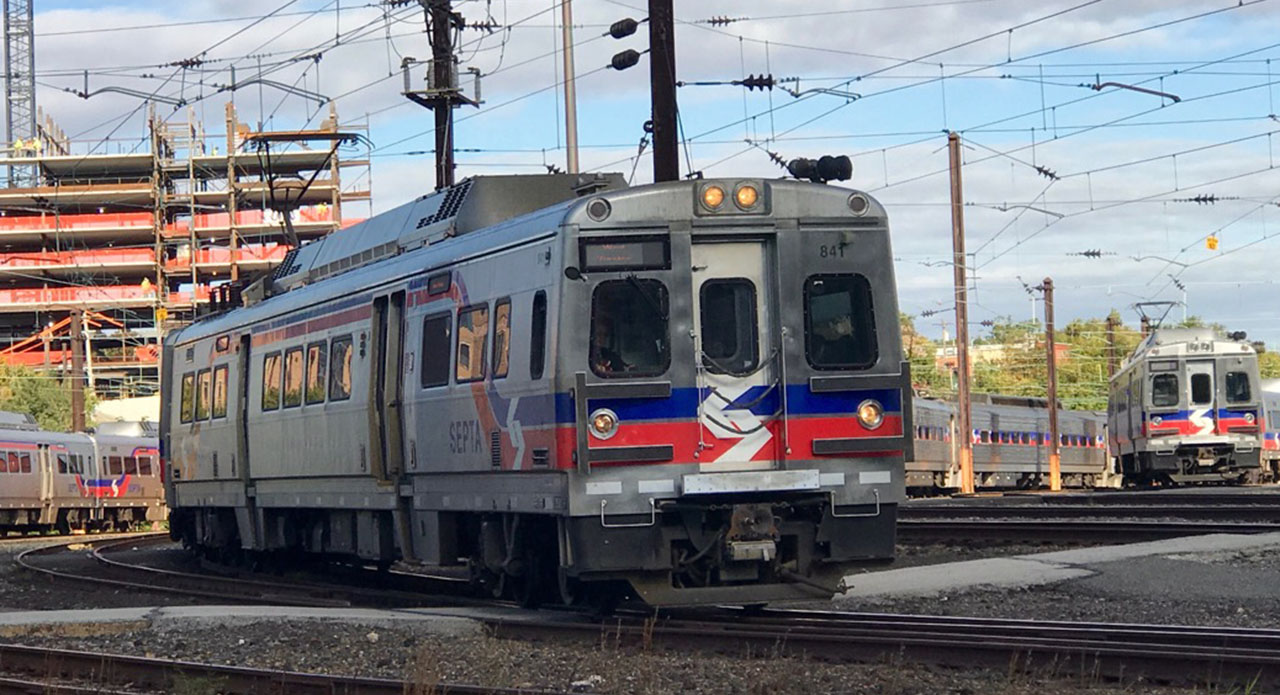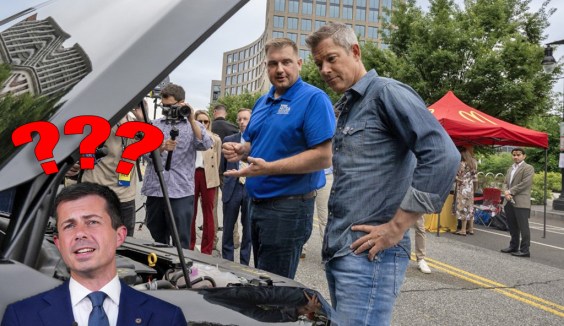 Detroit -- and other struggling cities -- should be themselves rather than trying to emulate urban "cool kids." (Photo: Sagittariuss via Flickr)
Detroit -- and other struggling cities -- should be themselves rather than trying to emulate urban "cool kids." (Photo: Sagittariuss via Flickr)How should cities think about branding themselves?
Even if the whole idea of "branding" a city is distasteful to you, keep reading. Because yesterday's post about "The Authentic City" on Aaron Renn's The Urbanophile is not about the kind of cute marketing campaigns that word might imply. Instead, it's full of important ideas about what it will take for struggling cities to move forward.
For places like Detroit and Indianapolis, Renn argues, it's not about trying to be like "the cool kids" -- the "world-class" cities like New York, or the exceptional cases like Portland, Oregon. It's about building on a city's history and its essential nature:
Unfortunately, most cities are still stuck in high school. They think it is about having the accoutrements of the cool places, not realizing that they are just like Charlie Brown trying to kick that football. What’s worse, they actually seem determined in many cases to downplay or leave behind many of their strongest brand assets in any attempt to be like the cool kids. (For more on this, see my piece, “The Brand Promise of Indianapolis” ).…
To renew our cities, we have to build on what they are, not what they aren’t. The lesson of Portland is not the physical things Portland did. The lesson of Portland is that they went their own way and did what was right for them. Other cities need to find their own paths. That doesn’t mean you can’t do something or aspire to be something you’ve never been. That’s how we grow as people and as cities. But suddenly deciding to just chuck your whole heritage, history, character, etc. and go in a radically different direction is probably not going to work. One reason, for example, the 1970’s era amateur sports strategy for Indianapolis worked is that sports was something that was already compatible with the local culture. It was a reworking of something that was already there, positioned for the future -- and it fit the city.
It's well worth reading Renn's piece in full.
More from around the network: Reimagine an Urban Paradise wonders why so many trucks park on the sidewalk in Pittsburgh. Transit Miami writes about how McDonald's -- and its staggering dependence on drive-throughs -- influences in our energy policy. And The Overhead Wire has a post on the ongoing tension between housing density and NIMBYism.





